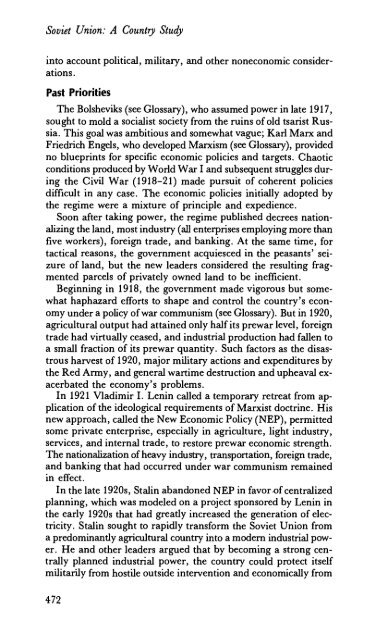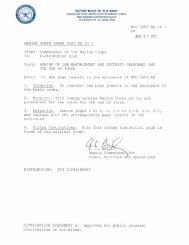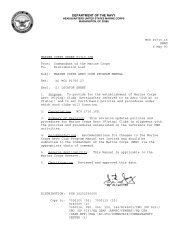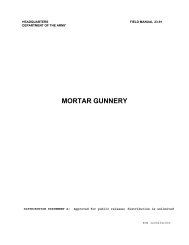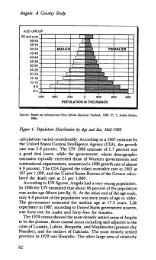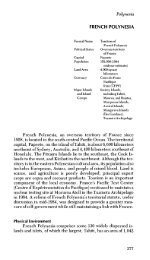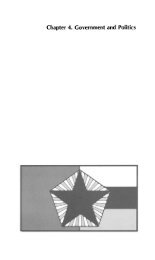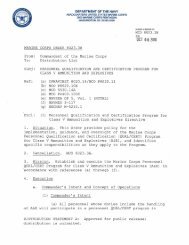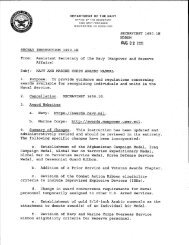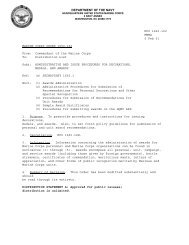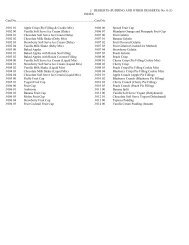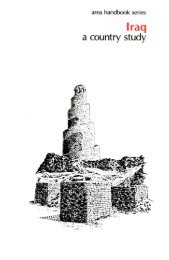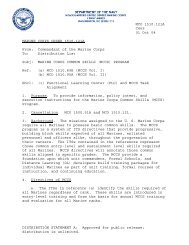Soviet Union Study_7.pdf
Soviet Union Study_7.pdf
Soviet Union Study_7.pdf
Create successful ePaper yourself
Turn your PDF publications into a flip-book with our unique Google optimized e-Paper software.
<strong>Soviet</strong> <strong>Union</strong>: A Country <strong>Study</strong><br />
into account political, military, and other noneconomic considerations.<br />
Past Priorities<br />
The Bolsheviks (see Glossary), who assumed power in late 1917,<br />
sought to mold a socialist society from the ruins ofold tsarist Russia.<br />
This goal was ambitious and somewhat vague; Karl Marx and<br />
Friedrich Engels, who developed Marxism (see Glossary), provided<br />
no blueprints for specific economic policies and targets. Chaotic<br />
conditions produced by World War I and subsequent struggles during<br />
the Civil War (1918-21) made pursuit of coherent policies<br />
difficult in any case. The economic policies initially adopted by<br />
the regime were a mixture of principle and expedience.<br />
Soon after taking power, the regime published decrees nationalizing<br />
the land, most industry (all enterprises employing more than<br />
five workers), foreign trade, and banking. At the same time, for<br />
tactical reasons, the government acquiesced in the peasants' seizure<br />
of land, but the new leaders considered the resulting fragmented<br />
parcels of privately owned land to be inefficient.<br />
Beginning in 1918, the government made vigorous but somewhat<br />
haphazard efforts to shape and control the country's economy<br />
under a policy ofwar communism (see Glossary). But in 1920,<br />
agricultural output had attained only half its prewar level, foreign<br />
trade had virtually ceased, and industrial production had fallen to<br />
a small fraction of its prewar quantity. Such factors as the disastrous<br />
harvest of 1920, major military actions and expenditures by<br />
the Red Army, and general wartime destruction and upheaval exacerbated<br />
the economy's problems.<br />
In 1921 Vladimir 1. Lenin called a temporary retreat from application<br />
of the ideological requirements of Marxist doctrine. His<br />
new approach, called the New Economic Policy (NEP), permitted<br />
some private enterprise, especially in agriculture, light industry,<br />
services, and internal trade, to restore prewar economic strength.<br />
The nationalization of heavy industry, transportation, foreign trade,<br />
and banking that had occurred under war communism remained<br />
in effect.<br />
In the late 1920s, Stalin abandoned NEP in favor-Of centralized<br />
planning, which was modeled on a project sponsored by Lenin in<br />
the early 1920s that had greatly increased the generation of electricity.<br />
Stalin sought to rapidly transform the <strong>Soviet</strong> <strong>Union</strong> from<br />
a predominantly agricultural country into a modern industrial power.<br />
He and other leaders argued that by becoming a strong centrally<br />
planned industrial power, the country could protect itself<br />
militarily from hostile outside intervention and economically from<br />
472


